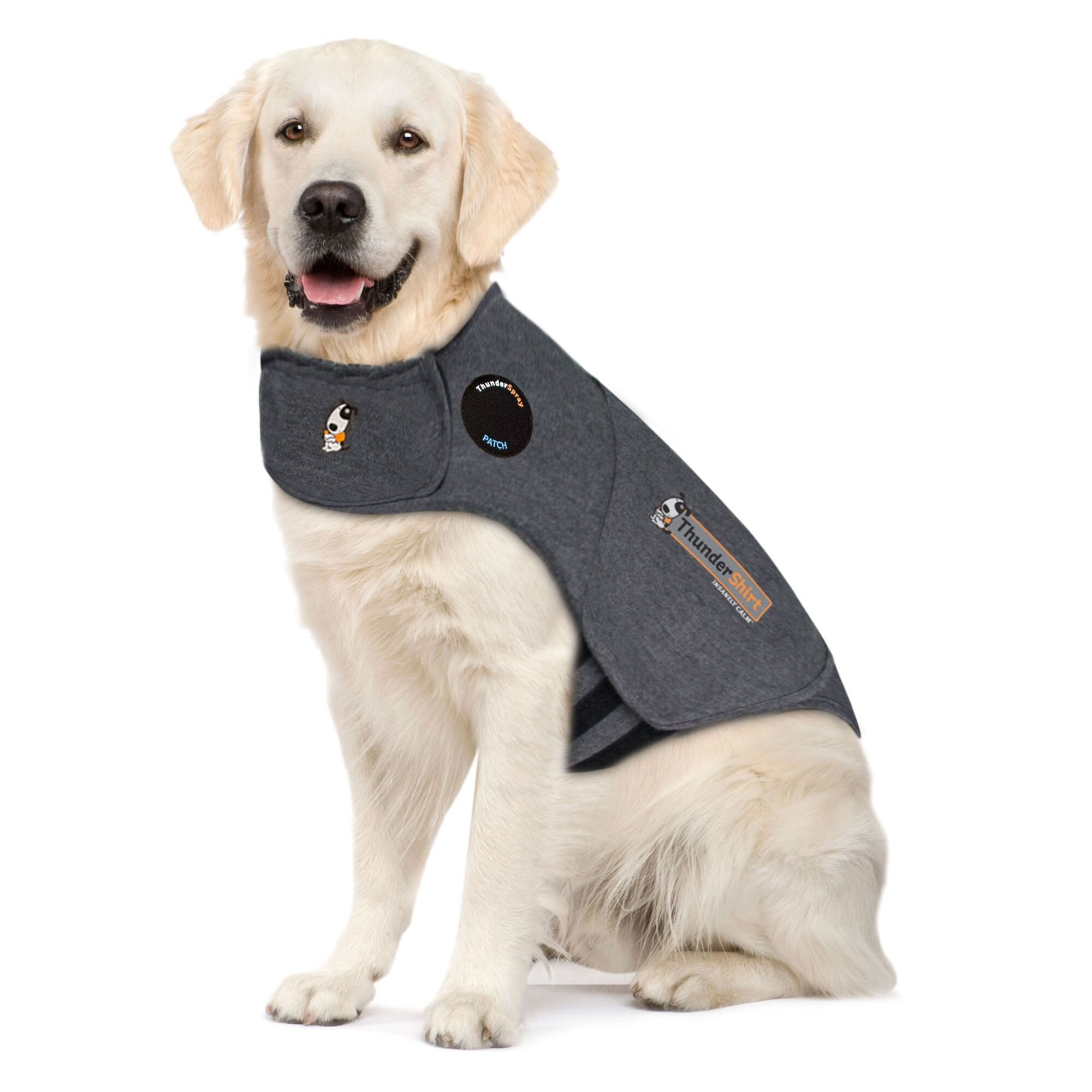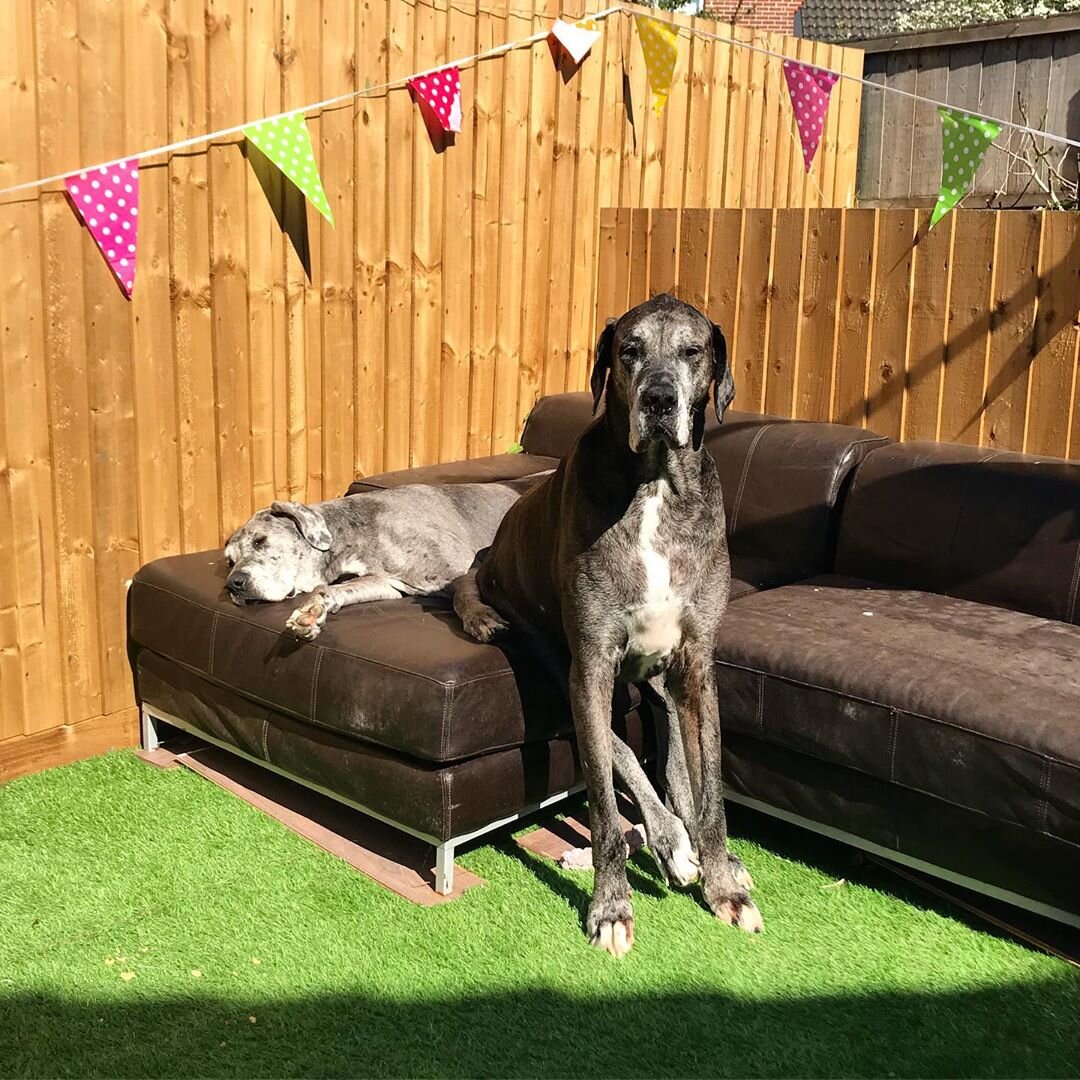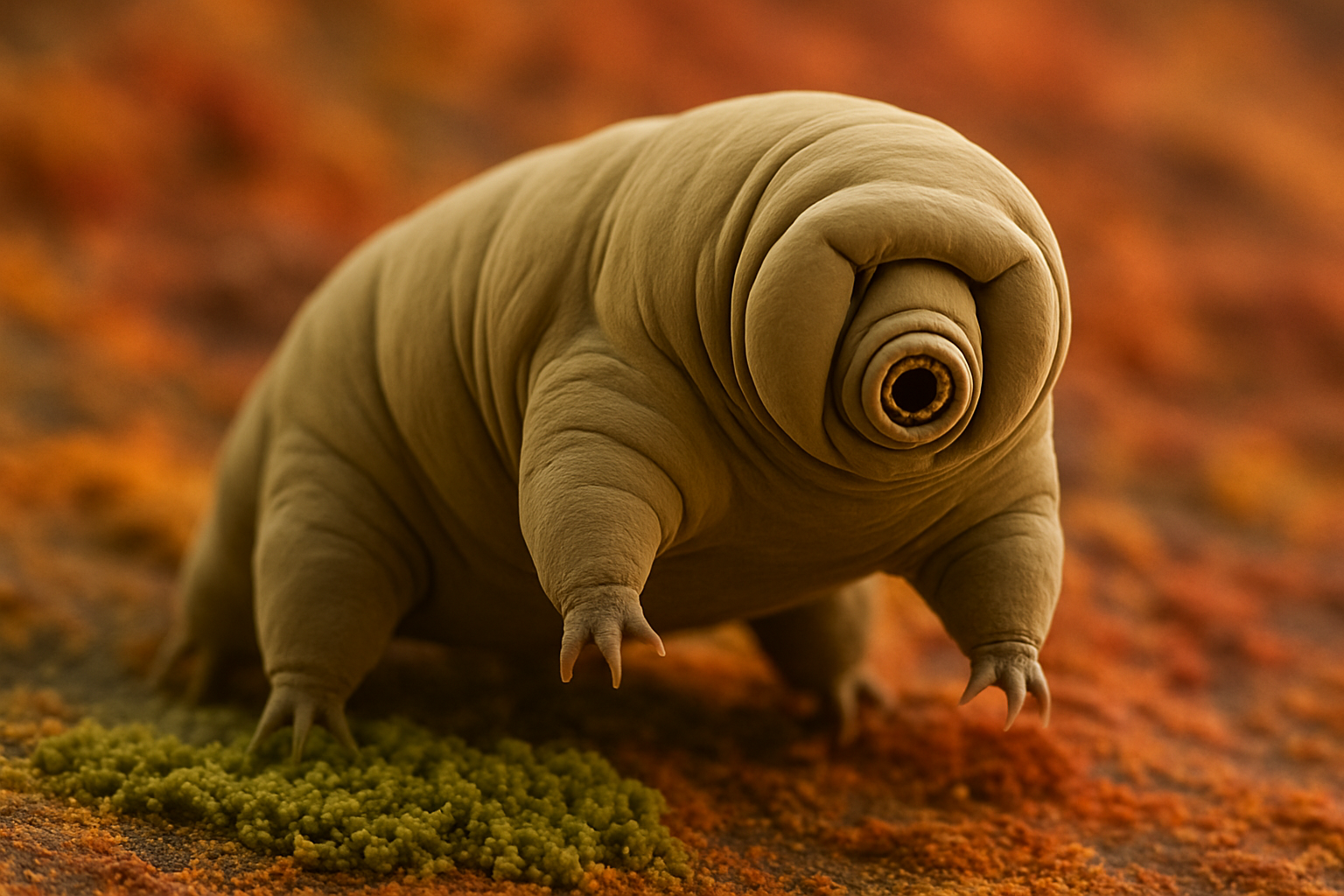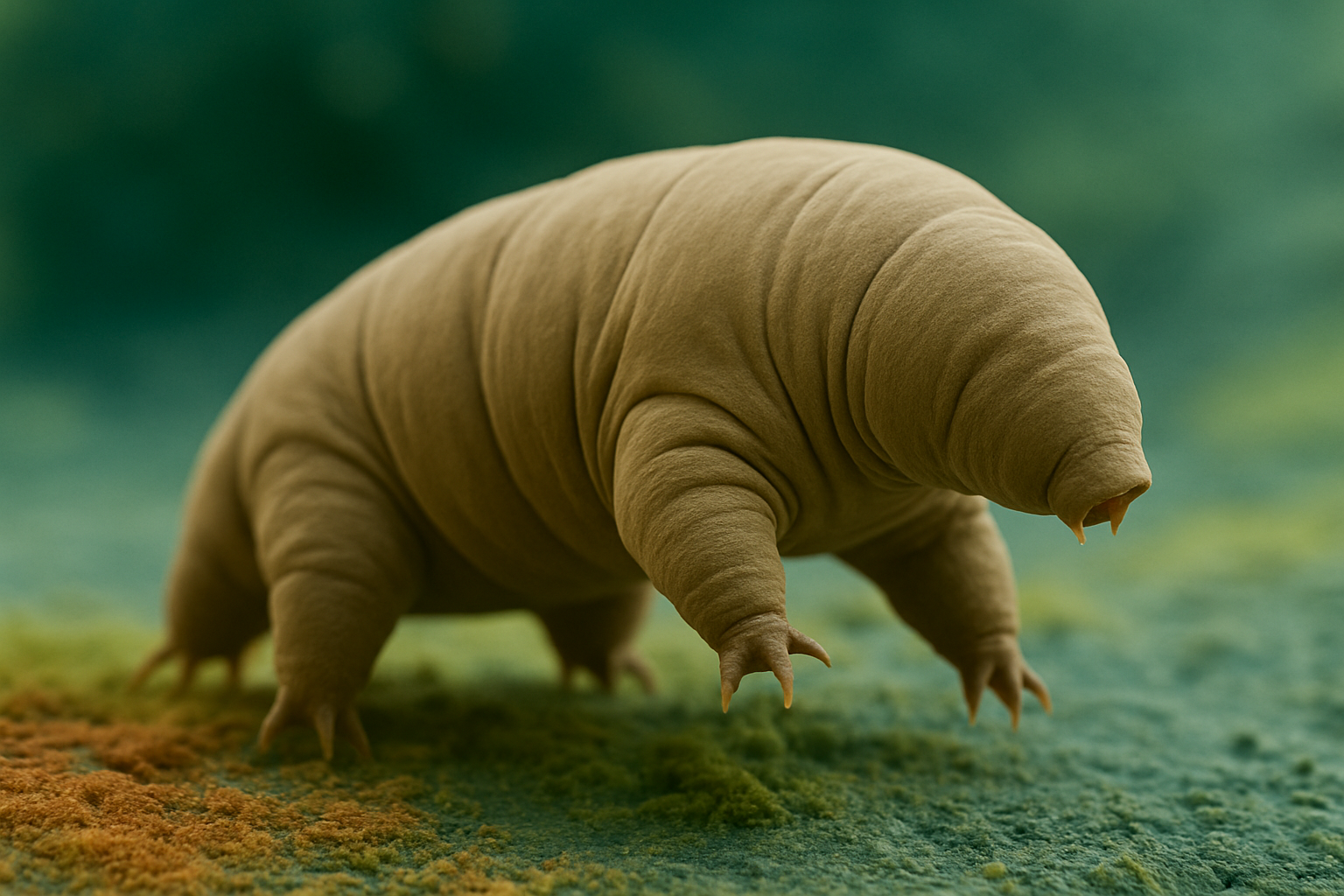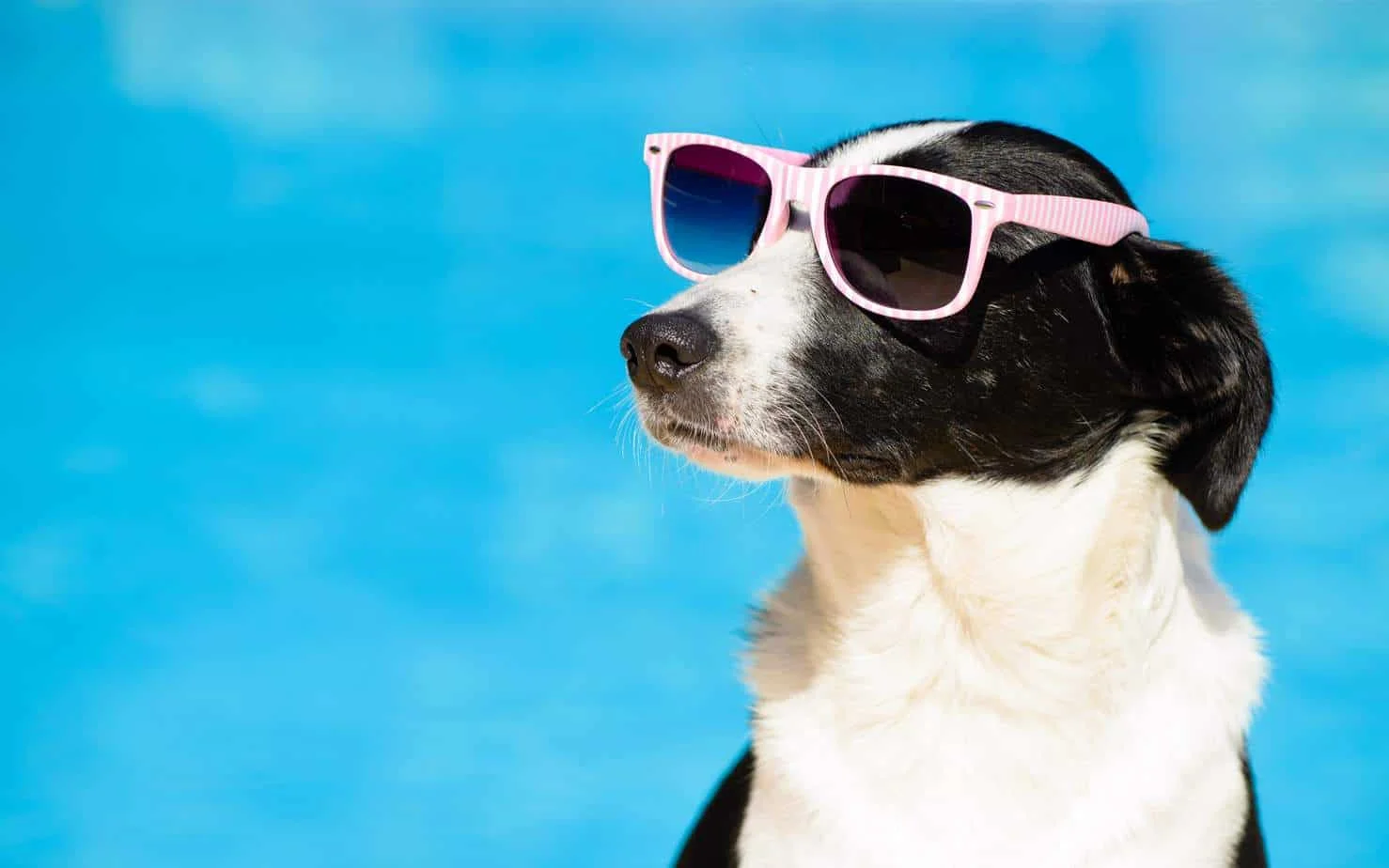The sound of explosions is objectively pretty unsettling. Since you can’t exactly explain the traditions of the 4th of July fireworks to your pet, your best bet is to be proactive and have a plan ahead of time. Here are some precautions you can take to help your pet get through the 4th of July celebrations.
Keep Your Pet at a Safe Distance
It should go without saying, but the most effective way to keep your pets safe during the fireworks is to keep them at a safe distance. Dogs are especially sensitive to loud noises, so the further they are away from the boom, the better. Leave the television on or play some soothing music to help your pet drown out the sounds of the fireworks. Any background noise to take away from the explosions will be helpful.
Ideally, you’d want to stay with your pet to assure them everything is alright. But, if you’re out for the holiday, experts recommend leaving your dog in a safe, comfortable room that they cannot escape from. You could also hire a dog sitter to keep your dog company and keep a watchful eye. If your dog is severely anxious, you may want to talk to your veterinarian about possible medications to help the evening be less scary.
Calming Jackets
The feeling of being held tightly can give nervous dogs a sense of security. Products like Thundershirt utilize subtle, constant pressure when worn and make the dog feel secure and protected. 80% of Thundershirt users reported significant alleviation of their dog’s anxiety when wearing the coat. The jacket is most commonly used for thunderstorms and firework celebrations but can be useful for any stressful situation for your dog. It could also come in handy for separation anxiety, trips to the veterinarian, and general traveling.
Safeguarding with an ID tag and collar
ID tags should be worn 24/7 in case your dog curiously wanders off and gets lost. The stress of the explosions can drive dogs into a nervous state that they’ll do anything to escape. If the dog panics severely, they may try to get away from the noise of the fireworks by any means possible. There have been many cases of dogs bursting through windows and taking off to get further away from the explosions.
In the event that your dog runs off and can’t find their way back, whoever finds them will know where they belong. You should also consider a microchip with your current contact information for the same reasons. In the event that your pet gets lost, contact local animal shelters or animal control.
Post Celebration
Make sure all debris from the fireworks is cleared before letting your dog back outside. Even if you didn’t use any fireworks, it’s possible that debris flew in from a celebratory neighbor. A curious dog will eat just about anything, so don’t give them a chance to get sick after getting through the night of explosions.
Fireworks on the 4th of July don’t appear to be going anywhere anytime soon. They’re much more beautiful knowing your dog is safe, comfortable, and secure.
